How to Successfully Crate Train Your Dog
by dogtoyadvisor | Last updated on November 18, 2020
We only review products we tested ourselves. We have affiliate partnerships, so we get a share of the revenue from your purchase.

Crates usually get a very bad rep. You imagine your poor dog locked up in this cage, feeling sad and anxious.
But actually, a crate can turn out to be your dog’s best friend, if he becomes used to it properly.
If you train your dog properly, his crate will be his haven, the place where he feels safe and peaceful.
The Benefits of Crate Training Your Dog
If you’re housetraining a puppy, a crate is a big help because any dog will do his absolute best no to soil his den.
It will also mean he isn’t walking around your home creating all sorts of chaos when you leave him alone, so bonus points for that.
Even if your issue isn’t leaving your dog home alone, you may to teach your dog to sleep in a crate, in his own space.
Not only will it mean restful sleep for you, but your dog will also be able to sleep better, without disruptions.
Also, if you intend on traveling with your dog, getting him used to a crate will only make it easier to do so. The same applies to moving. If he has his crate, he will feel at home no matter where he is.
Last but not least, should your dog need to be confined for any reason (surgery, injury, etc.) having a crate he loves and feels safe in will be a huge advantage!
6 Tips to Crate-Train Your Dog
These are the 6 tips we’ve tried and tested to train our adult dogs to use a crate. Hopefully they will be a big help for you and your dog too.
Tip 1 – Get The Right Crate For Your Dog
Size is a big factor when choosing a crate for your dog. A crate needs to be big enough for your dog to stand and turn and stretch while lying down, but not too big or it won’t feel like a crate at all!
Yes, even for a puppy, you need to take this under consideration and just upgrade as he grows.
One crate we found that solves this issue brilliantly is a partition crate, which allows you to expand it.
Aside from growing with your puppy, it also means you can use the same crate for different sized dog.
Material-wise, it needs to be sturdy, comfortable and easy to clean.
Usually a metal-wire type of crate is the best option. Personally, the MidWest Dog Crate is the model we’ve chosen and use it everyday.
Tip 2 – Make Your Dog Comfortable In His Crate
The first thing to make sure you dog feels comfortable is to choose wisely where you place his crate.
Pick a quiet spot in your home, make sure to check for the right temperature (no direct sunlight or radiators nearby for example) and check for any dangers around it (electrical cords, poisonous houseplants, etc.).
Remove harnesses, collars and tags, particularly if you’ve chosen a metal crate to prevent your dog getting stuck or hurt.
Get him the right bed and the right toys.
You’ll want a hard foam (memory foam ideally) bed that fits the crate, we use this one:
When the dog is lying on it, he doesn’t feel the bottom of the crate (trust us, we tried it ourselves), plus it just adjusts to the dog’s body perfectly.
Toy-wise, you’ll want something he loves but also something that keeps him busy.
Chew toys are always a good idea as are puzzles and other interactive toys. See our top 10 toys to keep your dog busy in this crate.
Tip 3 – Introduce Your Dog To His Crate The Right Way
Make sure that before each time your dog goes inside his crate he’s had his potty break.
The first time you’re introducing your dog to his crate, just place the crate in a room he’s used to spending time in, open the door and let him investigate it.
Don’t force him to go near the crate if he doesn’t want to, instead sit next to the crate and talk to him so he’ll feel more curious about it.
You can also help your dog become more interested in the crate by placing his favorite blanket and toys inside it.
One thing that usually works with our dogs (and most dogs we imagine) is placing a few tasty treats inside it as well. Maybe even a tasty Kong filled with peanut butter or frozen fruit.
But always keep in mind that this is supposed to be a stress-free, pleasant moment for your dog. Respect his timing and follow his lead.
Tip 4 – Serve Your Dog His Meals Inside The Crate
Once your dog is relaxed around the crate, going in and out of it, it’s time to start serving him his meals inside the crate, with the door open.
If you notice that he’s nervous about eating inside the crate, begin by leaving his bowl at the entrance of the crate, then work your way to the back.
Once he’s completely okay with eating his meal inside his crate, try closing the door during it. If he gets agitated, open it immediately.
If he’s still relaxed, leave it closed until he’s finished his meal.
Eventually, you will be able to feed him inside his crate while he’s home alone. It’s actually something to keep him busy and for him to look forward to.
You’ll need to get the right food bowl (either a tip-proof one or one that clips to his crate).
It’s important that he has fresh water available, particularly if you plan on leaving him in his crate for longer periods of time.
Get a lickable water bottle, just spread a little peanut butter on it at first and he’ll get the idea quick enough.
Tip 5 – Extend Your Dog’s Stay In The Crate
Okay, both of you are doing very well. Your dog eats his meals inside the crate, you close the door and he doesn’t mind.
Now it’s time to extend the time he spends inside his crate. Call your dog to his crate and reward him. Once he gets in, reward him again. Close the door but don’t leave his side.
Keep the door closed until you see he’s becoming agitated. Open the crate door and reward him profusely.
Do this repeatedly until you can extend your dog’s crate time without him becoming agitated. Then, you’ll start all over again, but this time you’ll step away from the room, without leaving the house.
Then, when you feel like he’s ready, try keeping your dog inside his crate for the night, though you’ll want to keep the crate nearby to make sure he’s alright.
Tip 6 – Leave Your Dog Home Alone In The Crate
Now it comes the time to leave your dog inside his crate while home alone. Again you’ll want to start with small periods and then extend them.
One important thing is to NOT make a big fuss when you get home. Act like nothing out of the ordinary is happening.
When you return home, just go about your business calmly, taking your coat off, dropping your bags.
Then you’ll go to your dog, open the crate and keep acting casually. Only after a few minutes will you be able to fuss over him, so he won’t associate it with getting freed from the crate.
Affiliate links / Images from Amazon Product Advertising
Recommending Reading:

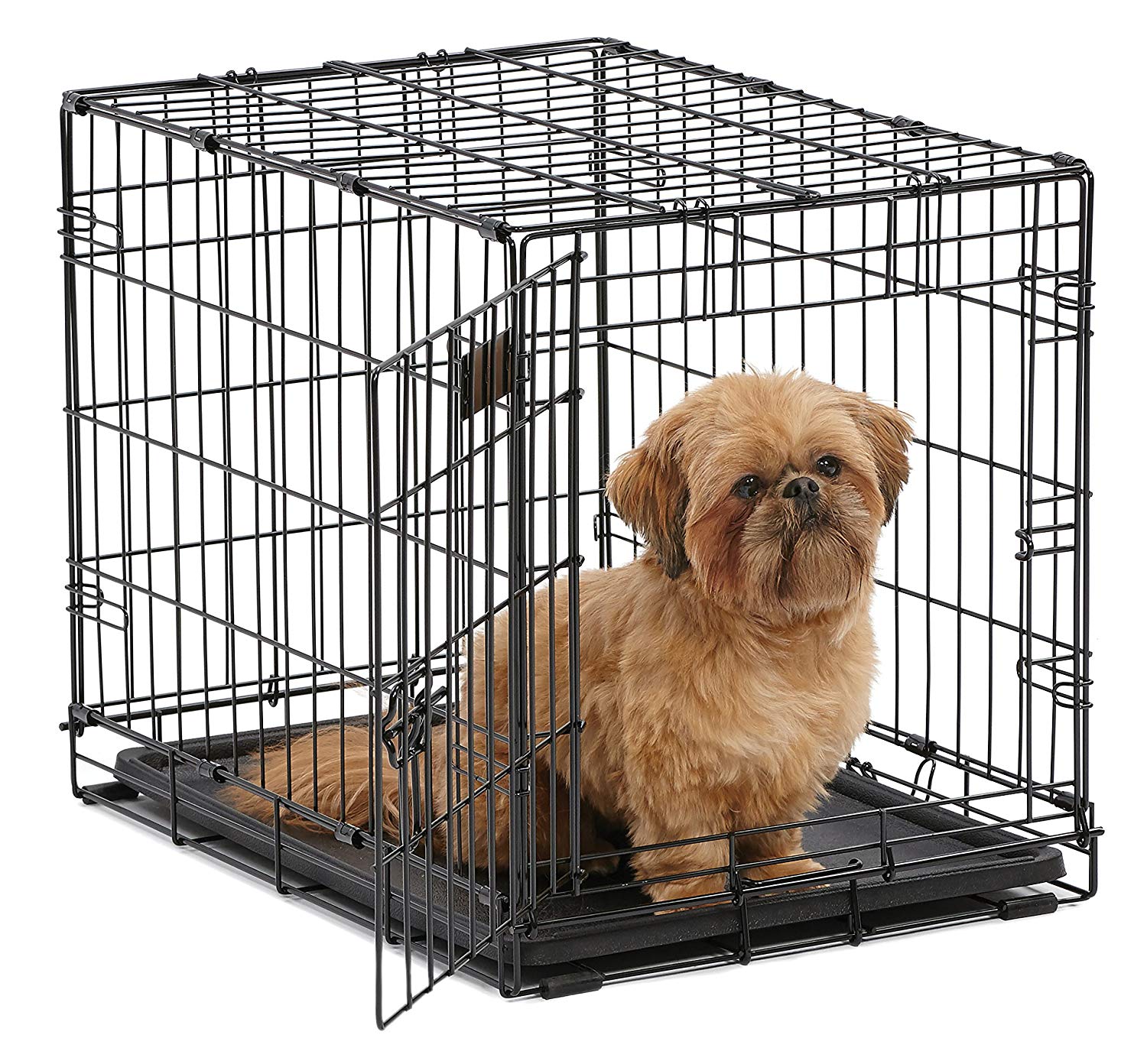

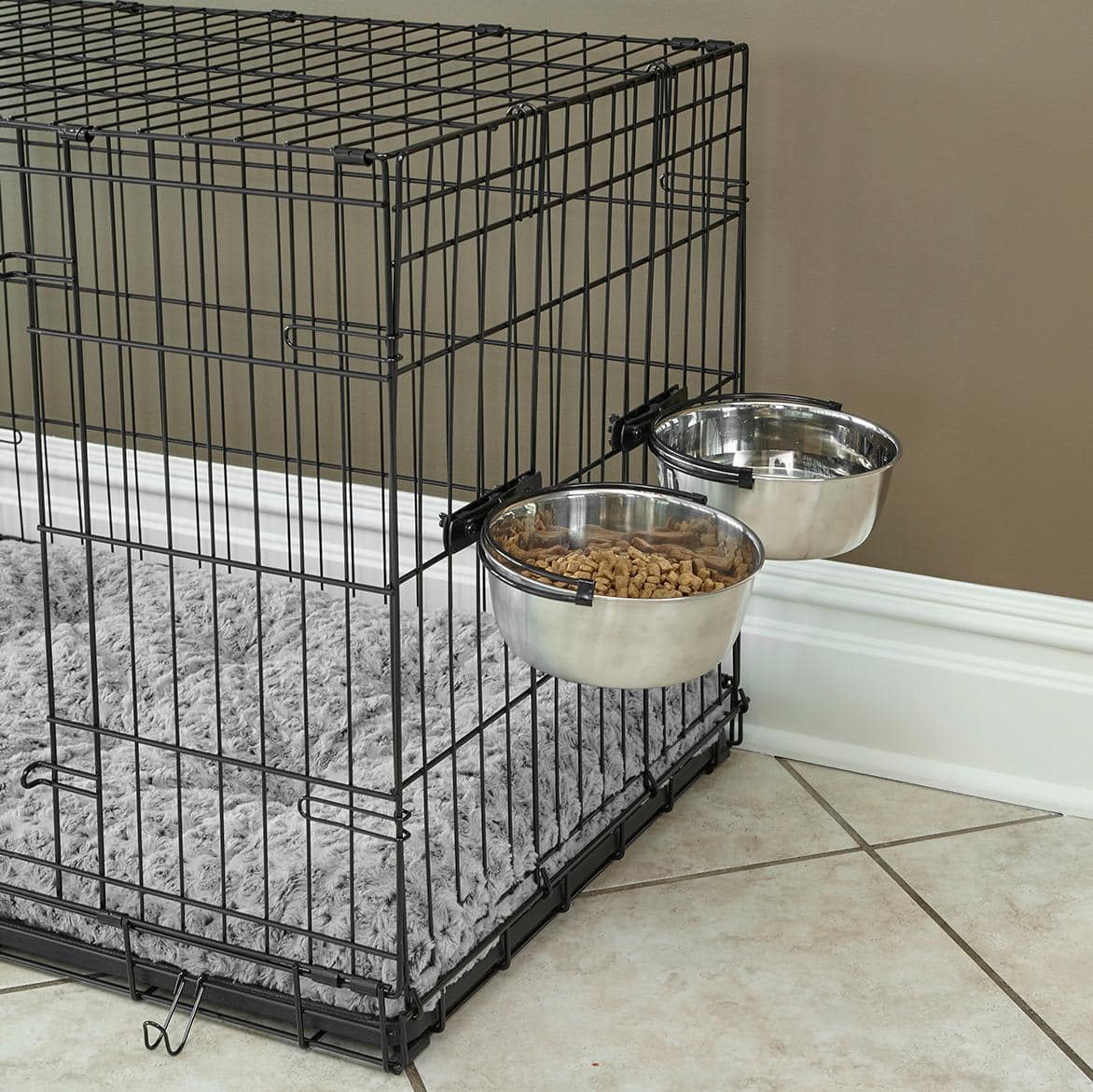
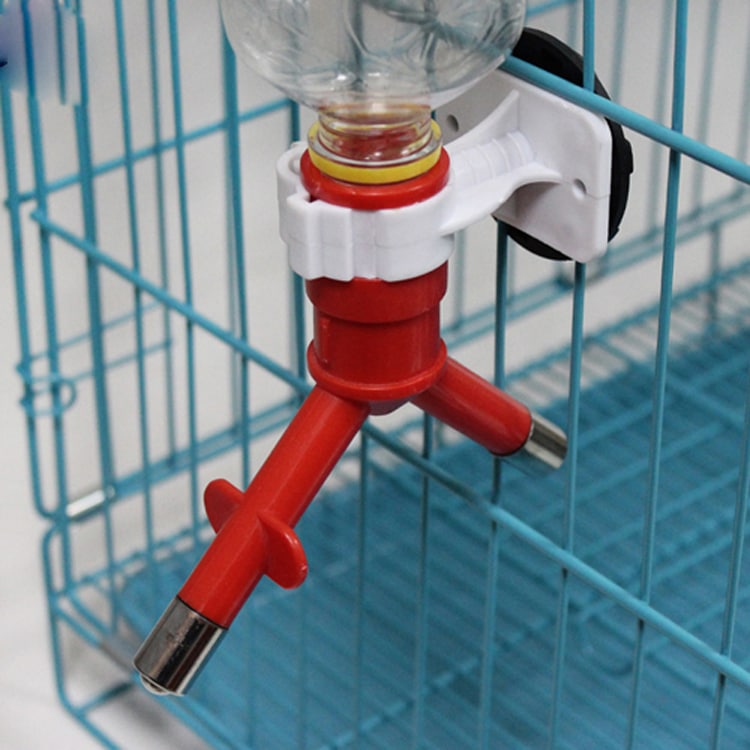
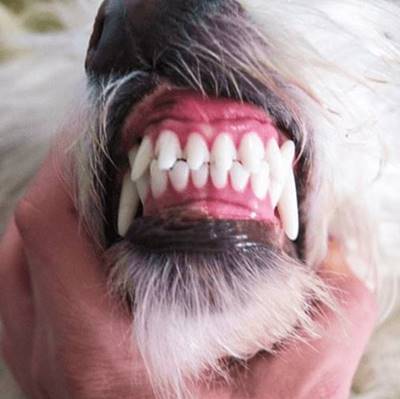
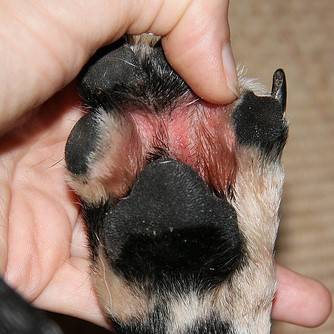

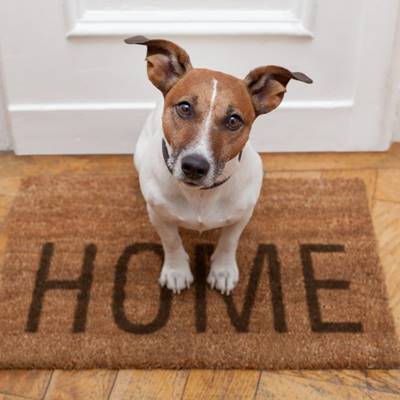
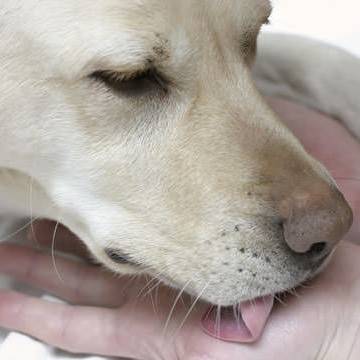
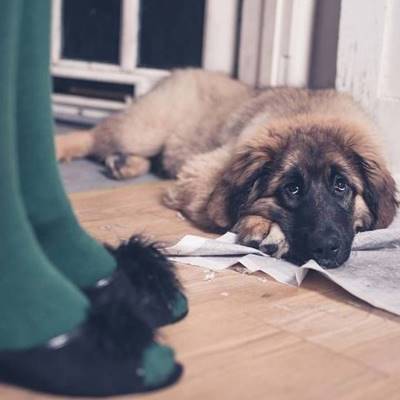

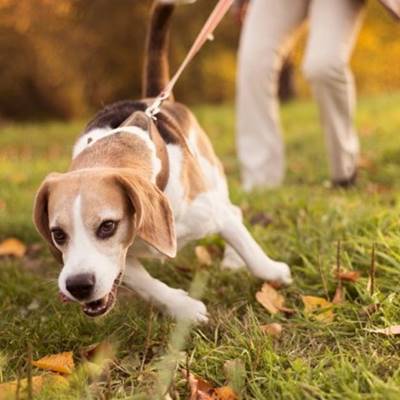
0 Comments